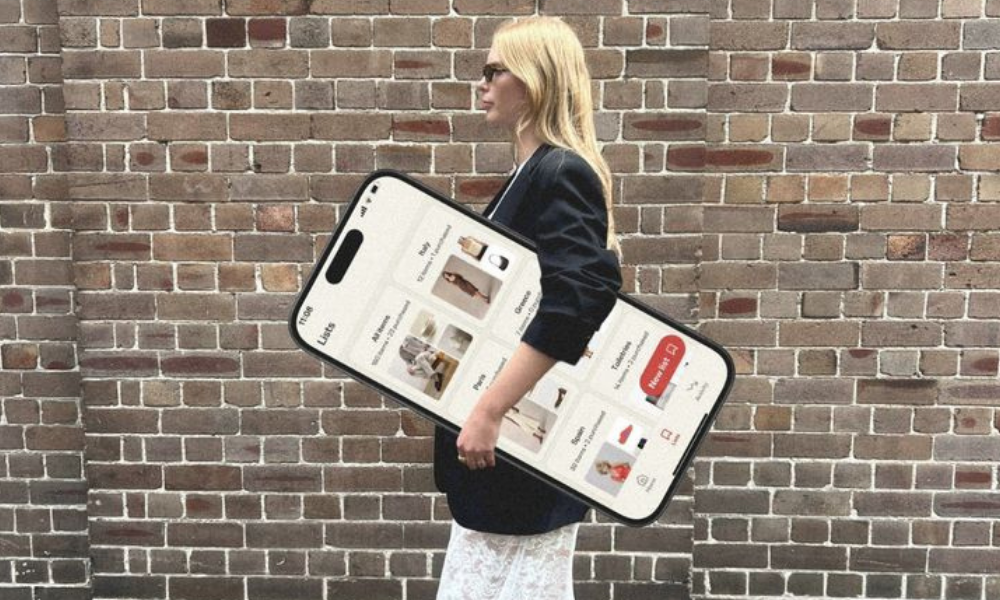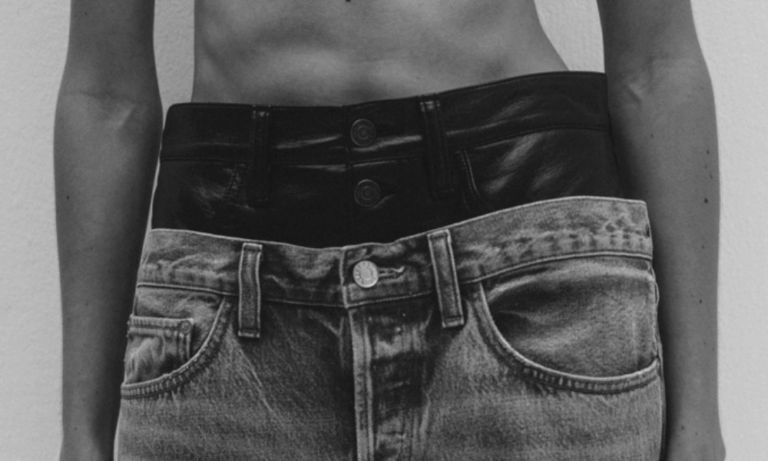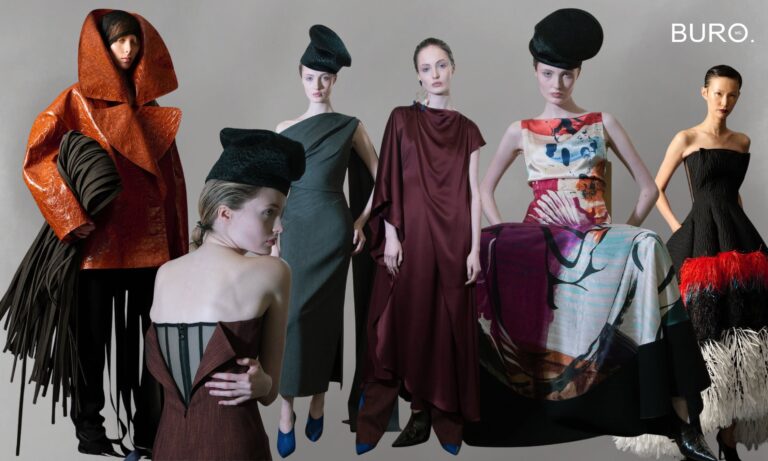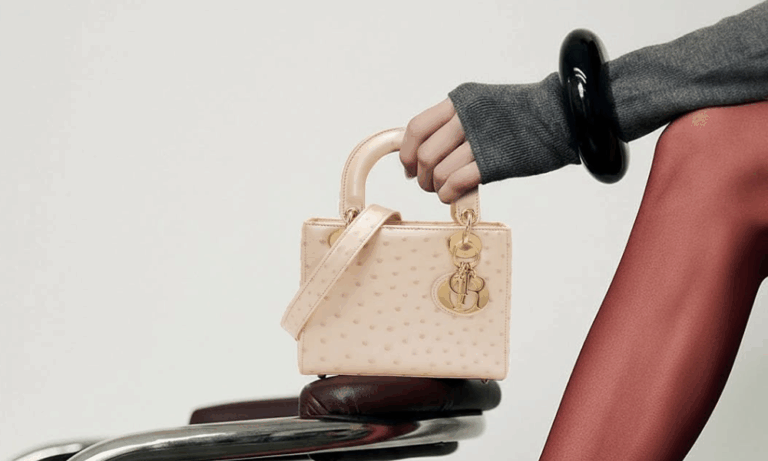There was a time when trends trickled down from the runway to the street over a few carefully curated seasons. Now? Trends sprint from a TikTok clip to mass-market shelves and into digital oblivion — all in the time it takes to finish an oat milk latte.
Welcome to the Gen Z trend cycle, where the shelf life of a “must-have” item is shorter than a BeReal notification. And the aftermath? A graveyard of impulse purchases, lookalike dupes, and an increasingly urgent sustainability crisis.
The Rise of the Screenshot Era
Gen Z isn’t just trend-obsessed — they’re trend-fluent. They can scroll, screenshot, and style an entire aesthetic in under 30 minutes. One minute it’s “tomato girl summer,” the next it’s “mob wife winter.” And thanks to platforms like TikTok, Instagram Reels, and Pinterest, the inspiration (and the pressure) never stops.
The Dupe-ification of Fashion
High fashion has long been the blueprint, but Gen Z isn’t waiting for seasonal drops — they’re finding affordable lookalikes in real time. The “dupe economy” thrives on immediacy: if Miu Miu releases a ballet flat on Monday, there’s a Shein version by Friday. Zara’s probably already posted it in Stories.
Gen Z doesn’t necessarily aspire to luxury in the traditional sense — they want the vibe, not the price tag. So the question becomes: if everyone’s chasing the same aesthetic for less, is luxury even… luxury anymore?
Fast Fashion vs. Fast Attention
With Gen Z leading the charge, trends are not only faster — they’re fleeting. This generation has micro-trends down to a science, but the hyper-speed comes with a cost. Most garments born of this cycle end up forgotten in the back of a wardrobe or, worse, in landfill.
Many Gen Z-ers are aware of the environmental implications — and ironically, the same ones buying the dupe may also be reposting infographics about overconsumption. It’s a push-pull between desire and conscience, style and sustainability.
So… What Now?
Some Gen Z voices are pushing back. Enter the “de-influencing” movement: creators urging followers not to buy, spotlighting mindful brands, and embracing vintage, rental, or re-wear culture. There’s also a growing embrace of “personal style” over trend-hopping — a subtle rebellion against the algorithm.
But the question remains: Can a generation raised on instant gratification and algorithm-approved aesthetics slow down long enough to define their style sustainably?
Or are we all just trying to keep up with trends that disappear before the shipping confirmation email even arrives?
ALSO READ: LABUBU’S FAME HAS MADE POP MART’S CEO CHINA’S 10TH RICHEST PERSON.




